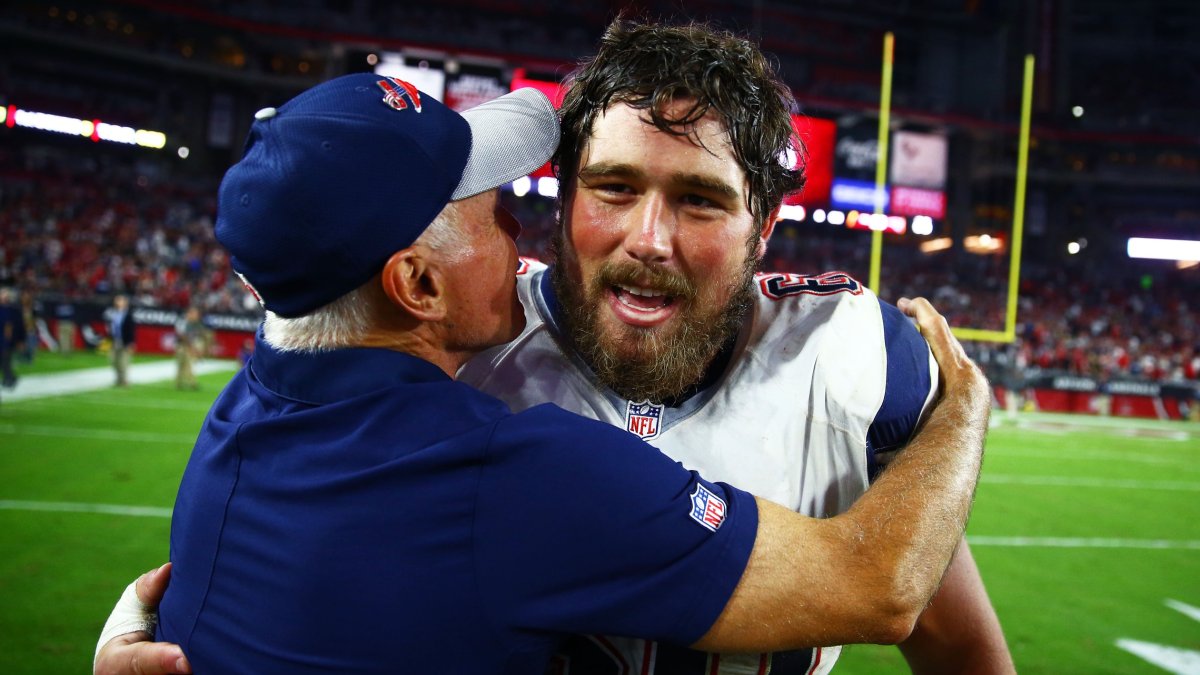The offensive line is one of the more intricate elements of football. Synchrony is required to be productive in the run game, and all five members need to be sturdy in order to have a chance in the passing game. We at PFF grade these linemen on every play of every game, both at the NFL and NCAA level, and these grades translate really well from one context to the next.
One thing that does impact offensive line play is the individual who coaches it, with the position of offensive line coach being almost universally held in the highest regard by anyone who has ever played offensive line and/or tight end.
[Editor’s Note: PFF’s advanced statistics and player grades are powered by AWS machine learning capabilities.]
Our friend Justis Mosqueda has already pointed to some truly great careers among offensive line coaches, using metrics like sacks and tackles for loss allowed. In this article, however, I want to take another look at which offensive line coaches have overseen the league’s best offensive lines and what the effect of changing an offensive line coach is.
To do this, I used our wins above replacement metric for a team’s entire offensive line to get one number for the quality of play of the offensive line during the course of a season. And at this point, it’s also worth noting that team offensive line WAR is pretty stable from season to season, with an r-squared value of 0.27.
The offensive line coaches who have overseen the best offensive line performances are below:
Exclusive content for premium subscribers

WANT TO KEEP READING?
Dominate Fantasy Football & Betting with AI-Powered Data & Tools Trusted By All 32 Teams
Already have a subscription? Log in



 © 2025 PFF - all rights reserved.
© 2025 PFF - all rights reserved.